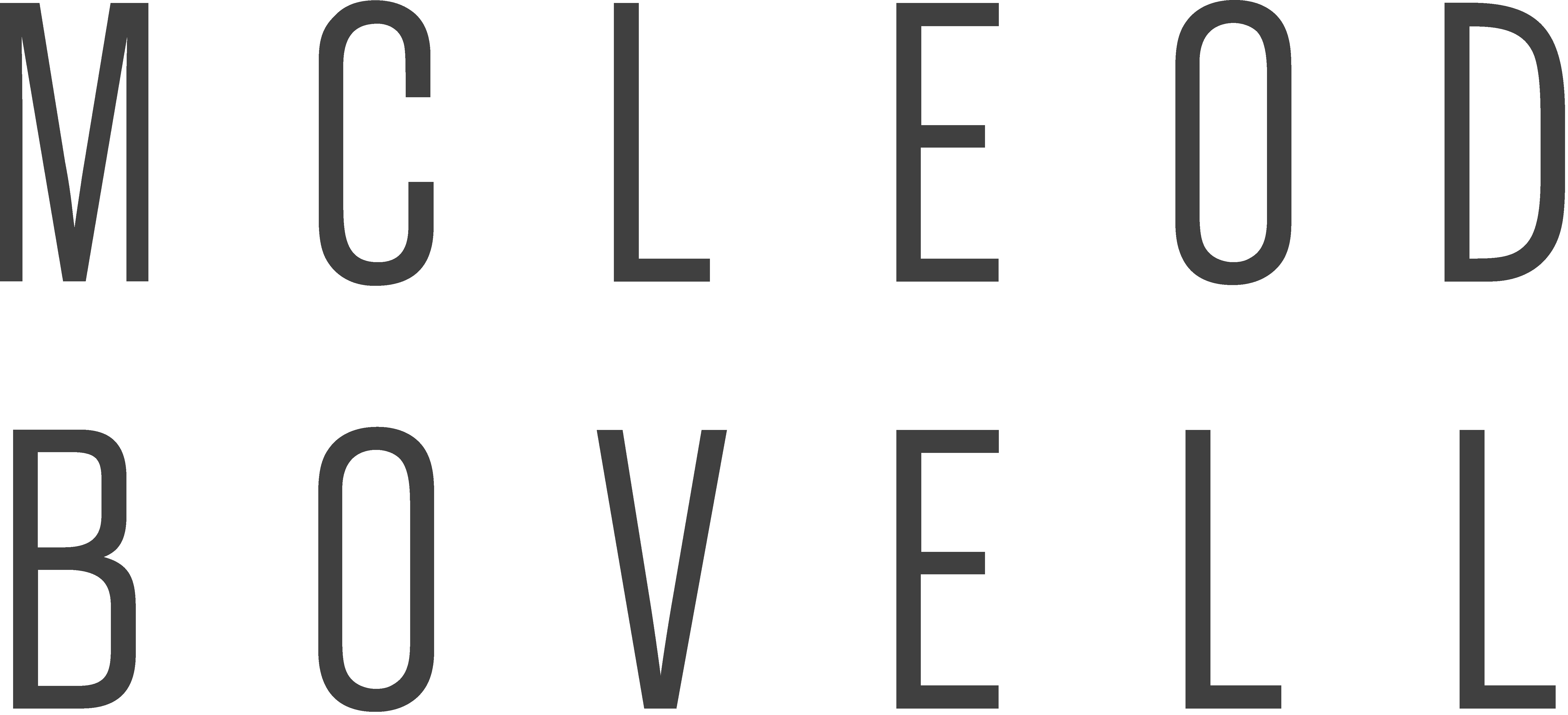
Refolded House
2024
Vancouver
5056ft2
Vancouver
5056ft2
In a unusual occurrence, our client approached us with a request to re-conceptualize a house mid-way through construction as she took over management of the work from her family. She came with new ideas and a different perspective, asking us to re-examine the entire house and typical programmatic relationships that commonly occur in residential design.
This direction led us to an intervention resulting in material and geometric clarification of the exterior planes of the house with the idea that these elements should also be reflected in interior spaces. Folded walls, ceilings and hovering floor plates (separated from walls) created flexible and irregular thresholds and angled prosceniums that encourage spaces to flow from one area to the next. Angled walls force movement through the house that is cinematic in nature. Glimpses of views, spaces and light can be seen around every bend. Because most spaces have a multifaceted reading efforts were made to blur normal programmatic signifiers like doors and hallways. Furniture is deliberately sparse and sculptural and, where it exists, is suggestive of several modes of occupation.
These ideas translated into an effort to clarify the material choices of the house that support a conceptual understanding of the site. The house is located on a floodplain formed by a sediment deposit in the meandering bends of the delta of the Fraser River- the longest un-dammed river in North America. This land is vulnerable to periodic flooding, particularly during period when heavy rainfall coincides with high tides. Accoya, an naturally treated pine wood, developed in the Netherlands for use in ground-water contact situations (like the lining of canal walls) is used throughout the project. While its unique variegated "sticker" marks, an artifact of industrial processing, they also serve as a visual reminder of the wood’s acetylation process which makes it durable, stable and long lasting in water logged conditions. The wood has been left to naturally weather to soft grey tones that are reminiscent of the retained hemlock trees on the site. The lowest level of the house is constructed to endure these events with typical inishes omitted to prevent water damage and mechanical equipment is housed in a waterproof bunker.
Landscape is treated as an extension of a surrounding wetland and is understood to consist of folded layers: sedimentation, wetland vegetation and floating elements. The first layer represent the river's sedimentary deposits, integrated subtly into the landscape as the driveway, functional surfaces and on-grade stairs. The second, connected by wetland vegetation, consists of a resilient carpet of sedges mixed with native and non-native plants, which transition into deciduous shrubs and conifers, enhancing the natural flow between wetland and higher banks. And the third layer introduces constructed elements, like walkways, boardwalks, and benches, which are elevated, floating above the other layers.
The project is a meditation on the interrelationship between the natural world and the object, where all the design decisions try to re-imagine a family house in a very particular location. Folding, whether on the land, with the house, or with its material language plays a role in reflecting an understanding of this place and the people who live there.
This direction led us to an intervention resulting in material and geometric clarification of the exterior planes of the house with the idea that these elements should also be reflected in interior spaces. Folded walls, ceilings and hovering floor plates (separated from walls) created flexible and irregular thresholds and angled prosceniums that encourage spaces to flow from one area to the next. Angled walls force movement through the house that is cinematic in nature. Glimpses of views, spaces and light can be seen around every bend. Because most spaces have a multifaceted reading efforts were made to blur normal programmatic signifiers like doors and hallways. Furniture is deliberately sparse and sculptural and, where it exists, is suggestive of several modes of occupation.
These ideas translated into an effort to clarify the material choices of the house that support a conceptual understanding of the site. The house is located on a floodplain formed by a sediment deposit in the meandering bends of the delta of the Fraser River- the longest un-dammed river in North America. This land is vulnerable to periodic flooding, particularly during period when heavy rainfall coincides with high tides. Accoya, an naturally treated pine wood, developed in the Netherlands for use in ground-water contact situations (like the lining of canal walls) is used throughout the project. While its unique variegated "sticker" marks, an artifact of industrial processing, they also serve as a visual reminder of the wood’s acetylation process which makes it durable, stable and long lasting in water logged conditions. The wood has been left to naturally weather to soft grey tones that are reminiscent of the retained hemlock trees on the site. The lowest level of the house is constructed to endure these events with typical inishes omitted to prevent water damage and mechanical equipment is housed in a waterproof bunker.
Landscape is treated as an extension of a surrounding wetland and is understood to consist of folded layers: sedimentation, wetland vegetation and floating elements. The first layer represent the river's sedimentary deposits, integrated subtly into the landscape as the driveway, functional surfaces and on-grade stairs. The second, connected by wetland vegetation, consists of a resilient carpet of sedges mixed with native and non-native plants, which transition into deciduous shrubs and conifers, enhancing the natural flow between wetland and higher banks. And the third layer introduces constructed elements, like walkways, boardwalks, and benches, which are elevated, floating above the other layers.
The project is a meditation on the interrelationship between the natural world and the object, where all the design decisions try to re-imagine a family house in a very particular location. Folding, whether on the land, with the house, or with its material language plays a role in reflecting an understanding of this place and the people who live there.
PROJECT TEAM — Matt Mcleod, Lisa Bovell & Thomas Yuan
BUILDER — Keystone Projects Ltd.
PHOTOGRAPHY — Ema Peter
BUILDER — Keystone Projects Ltd.
PHOTOGRAPHY — Ema Peter
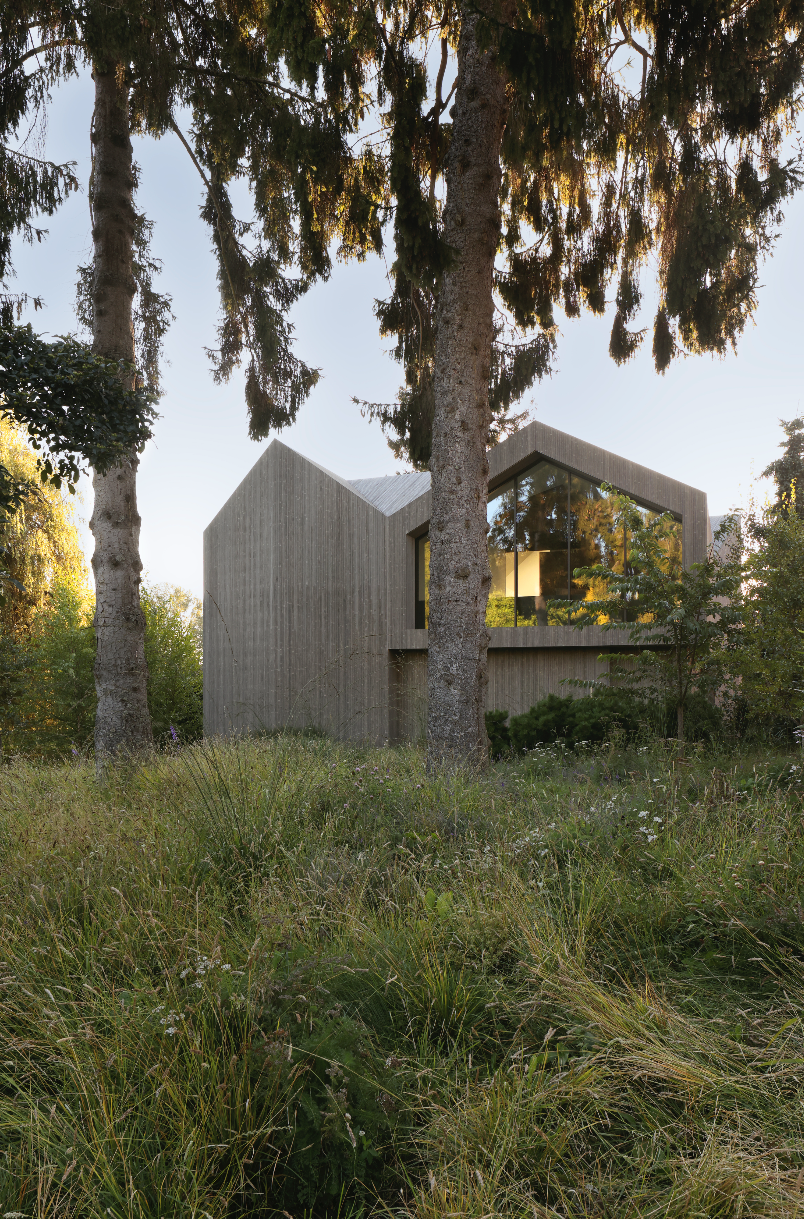

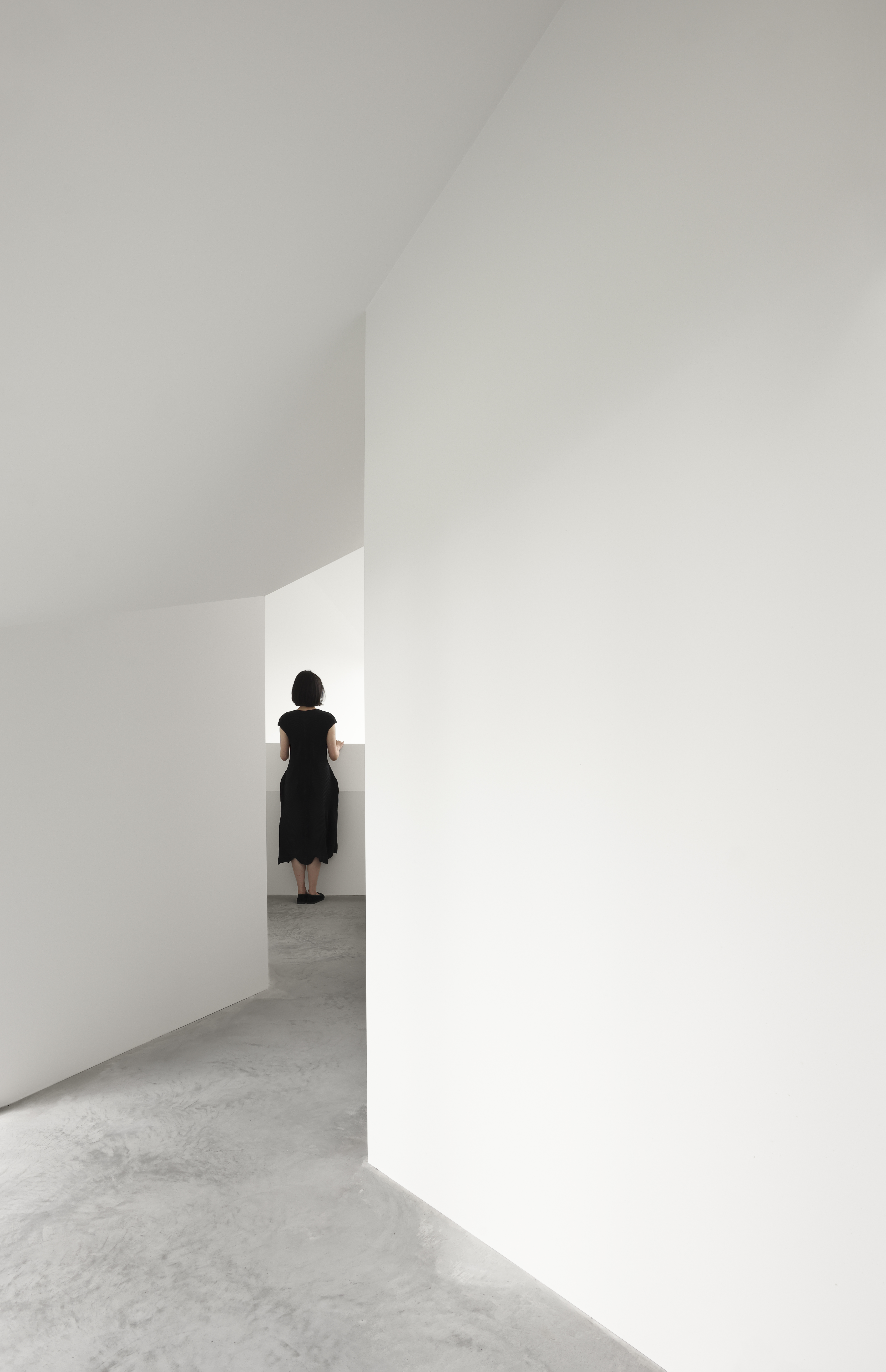
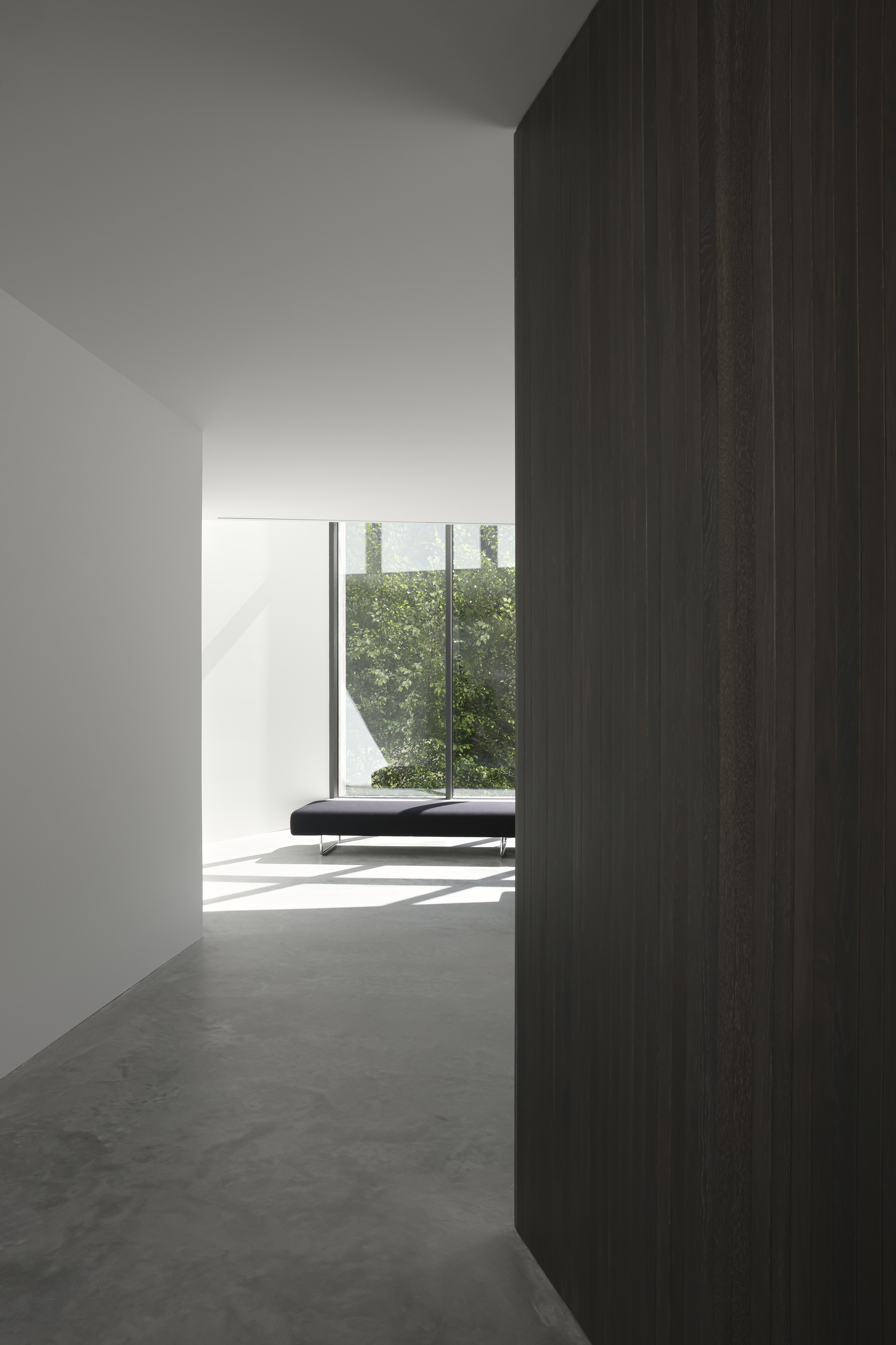
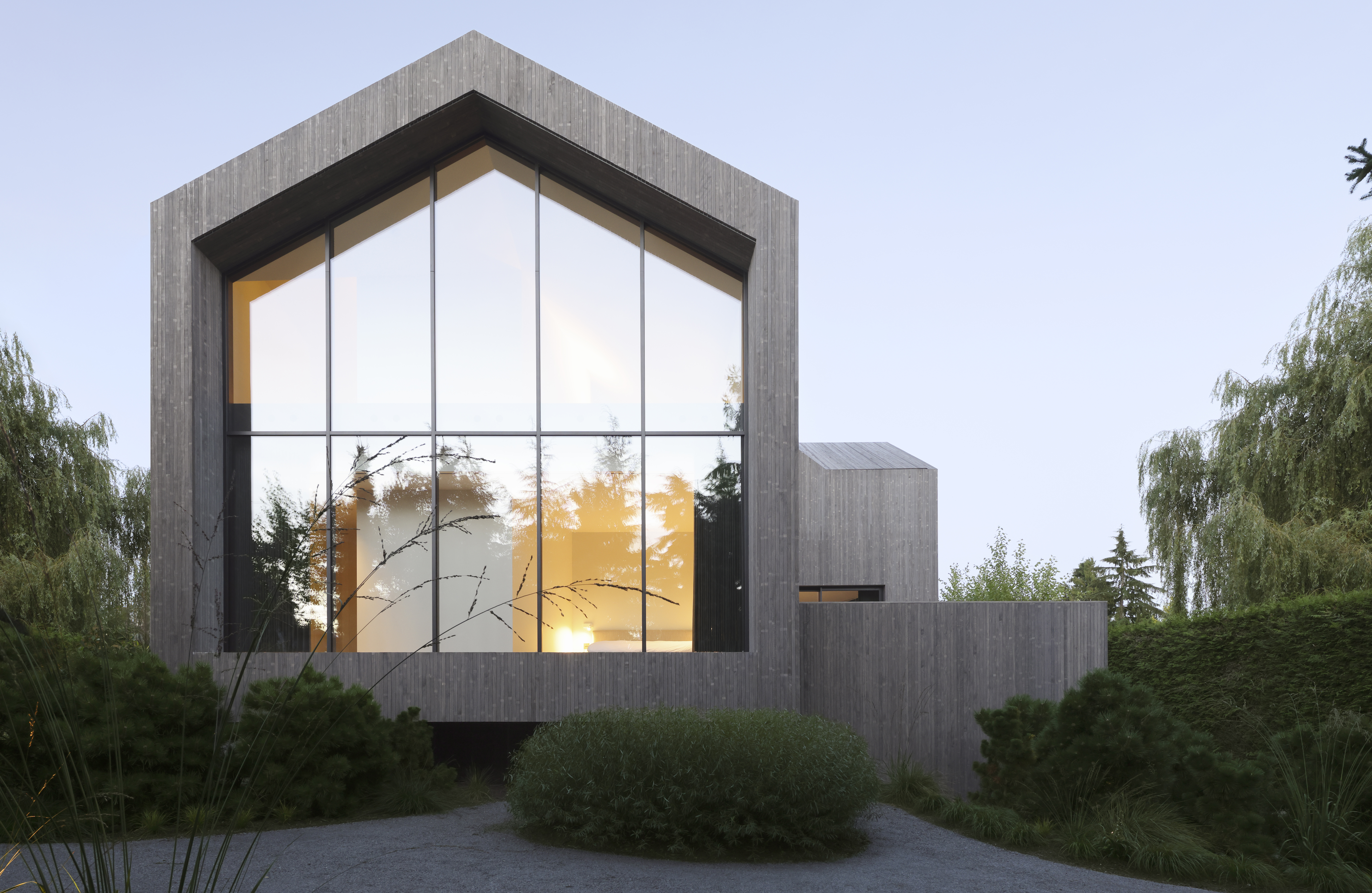
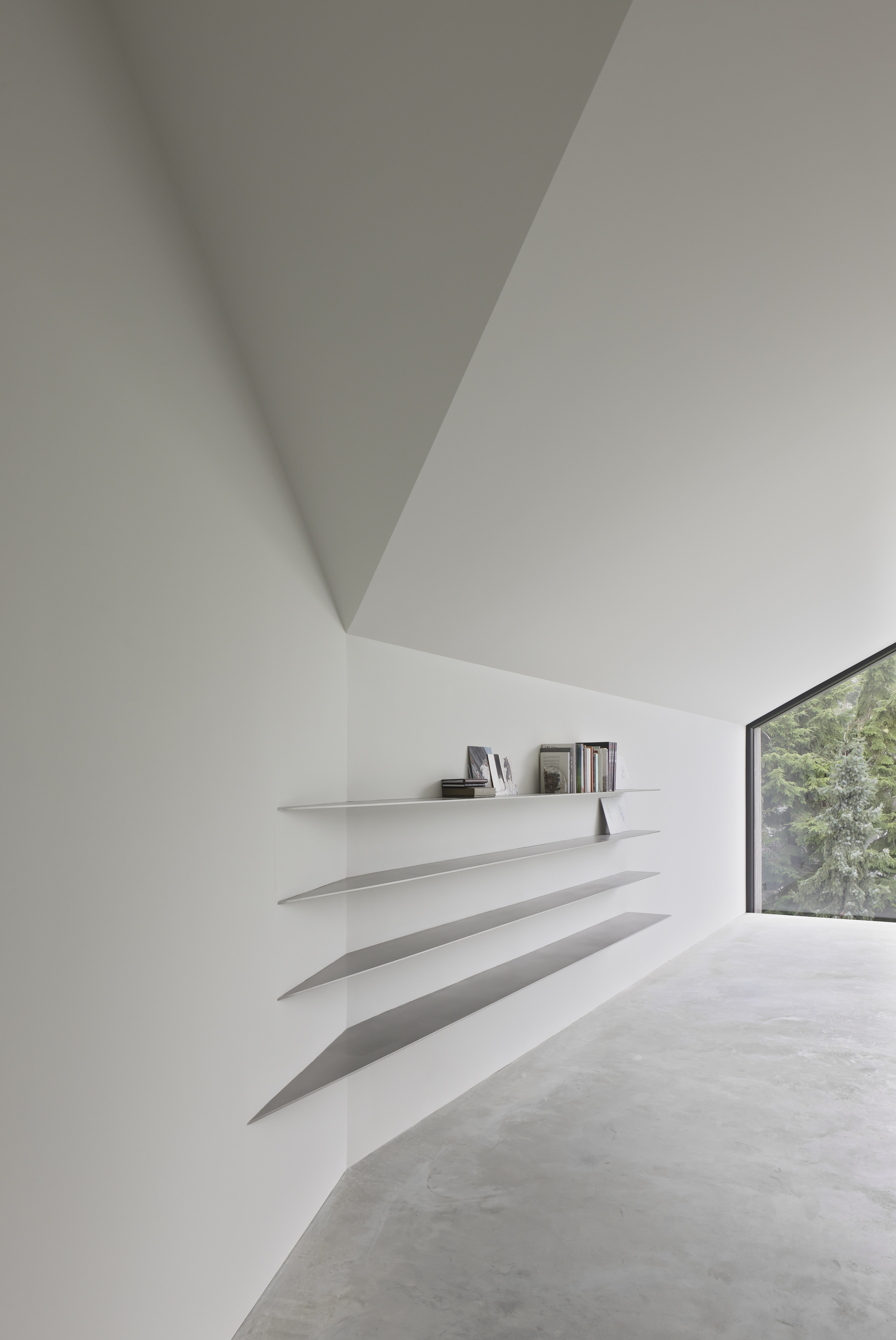
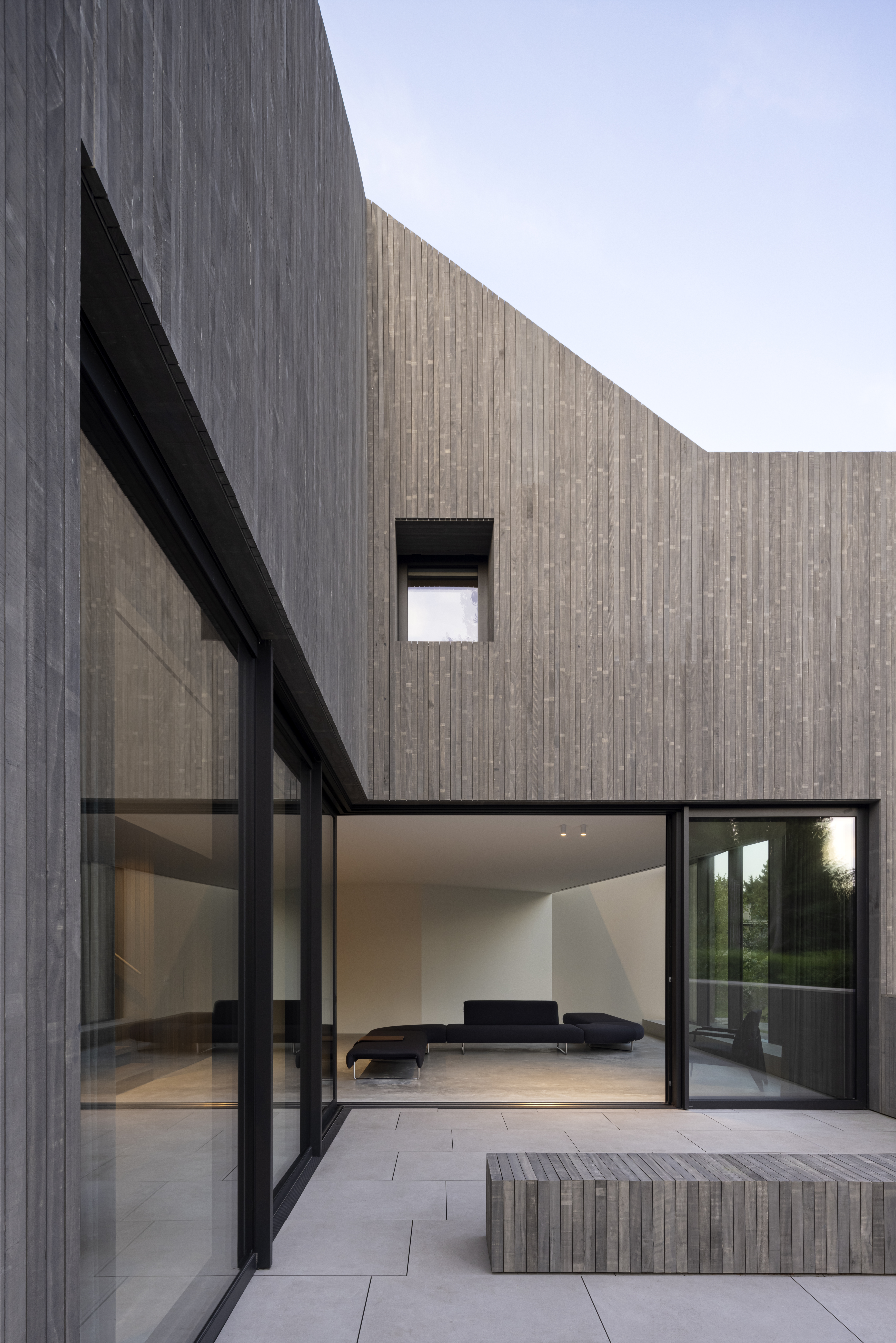
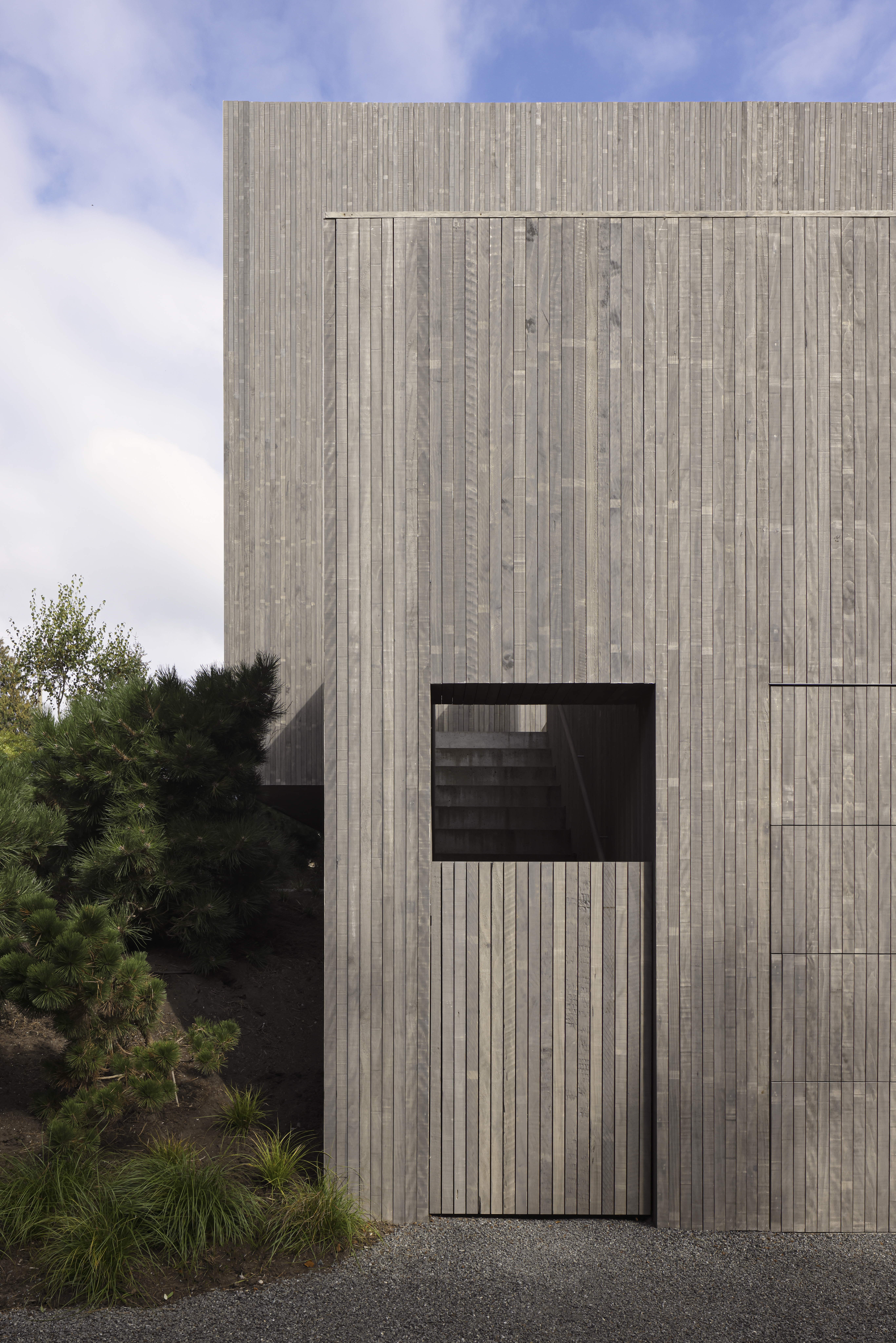

BASEMENT

01 — Garage
02 — Boot Room
03 — Wine Cellar
04 — Mechanical Room
02 — Boot Room
03 — Wine Cellar
04 — Mechanical Room
MAIN FLOOR

01 — Ground Level Suite
02 — WC
03 — Bathroom
04 — Closed Kitchen
05 — Dining Room
06 — Powder Room
07 — Foyer
08 — Entry
09 — Living Room
10 — Deck
02 — WC
03 — Bathroom
04 — Closed Kitchen
05 — Dining Room
06 — Powder Room
07 — Foyer
08 — Entry
09 — Living Room
10 — Deck
UPPER FLOOR
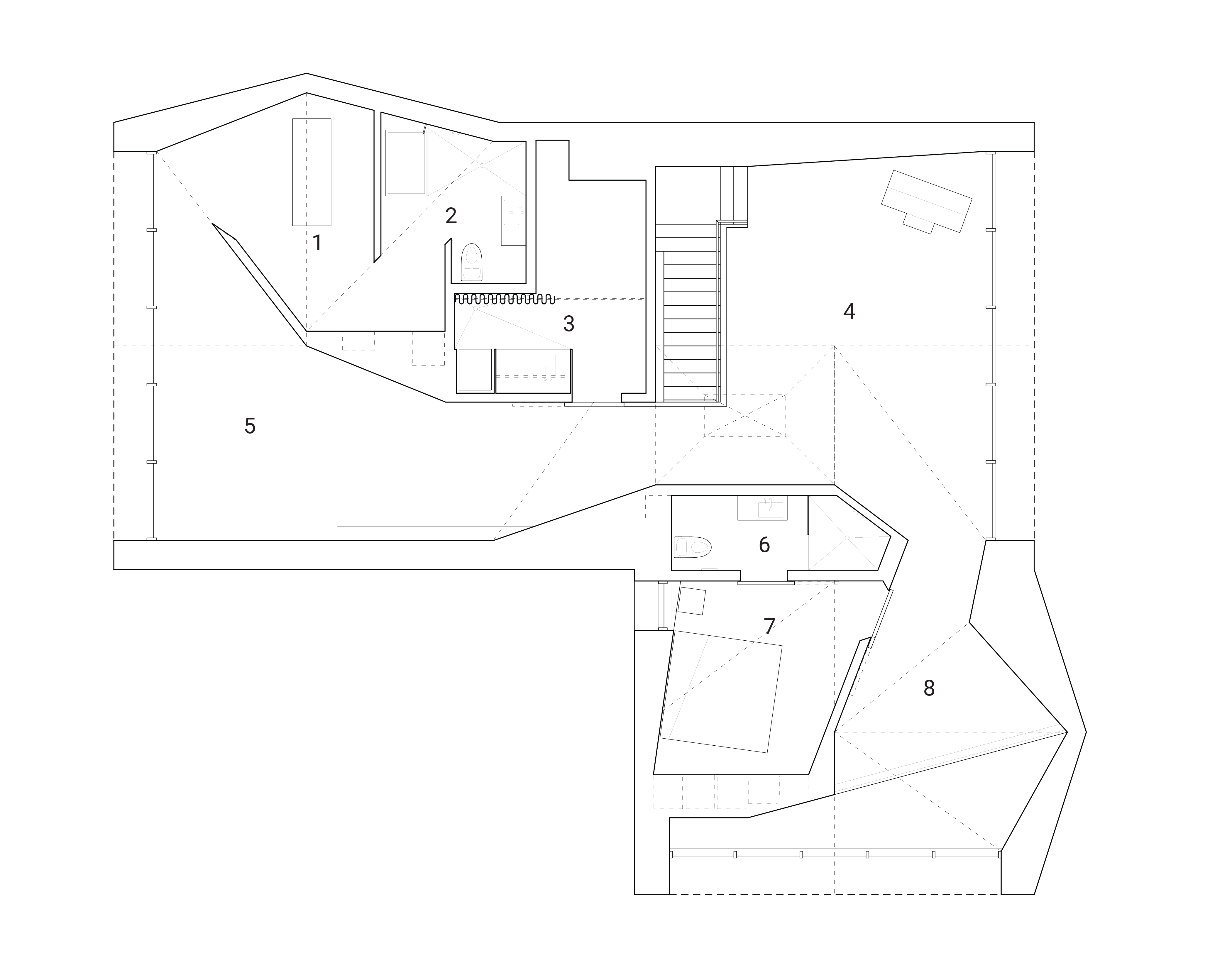
01 — Pod Suite
02 — Pod Ensuite
03 — Laundry
04 — Studio
05 — Lounge
06 — Pod Ensuite
07 — Pod Suite
08 — Lounge Overlook
02 — Pod Ensuite
03 — Laundry
04 — Studio
05 — Lounge
06 — Pod Ensuite
07 — Pod Suite
08 — Lounge Overlook
SECTION 1:
FACING NORTH
FACING NORTH
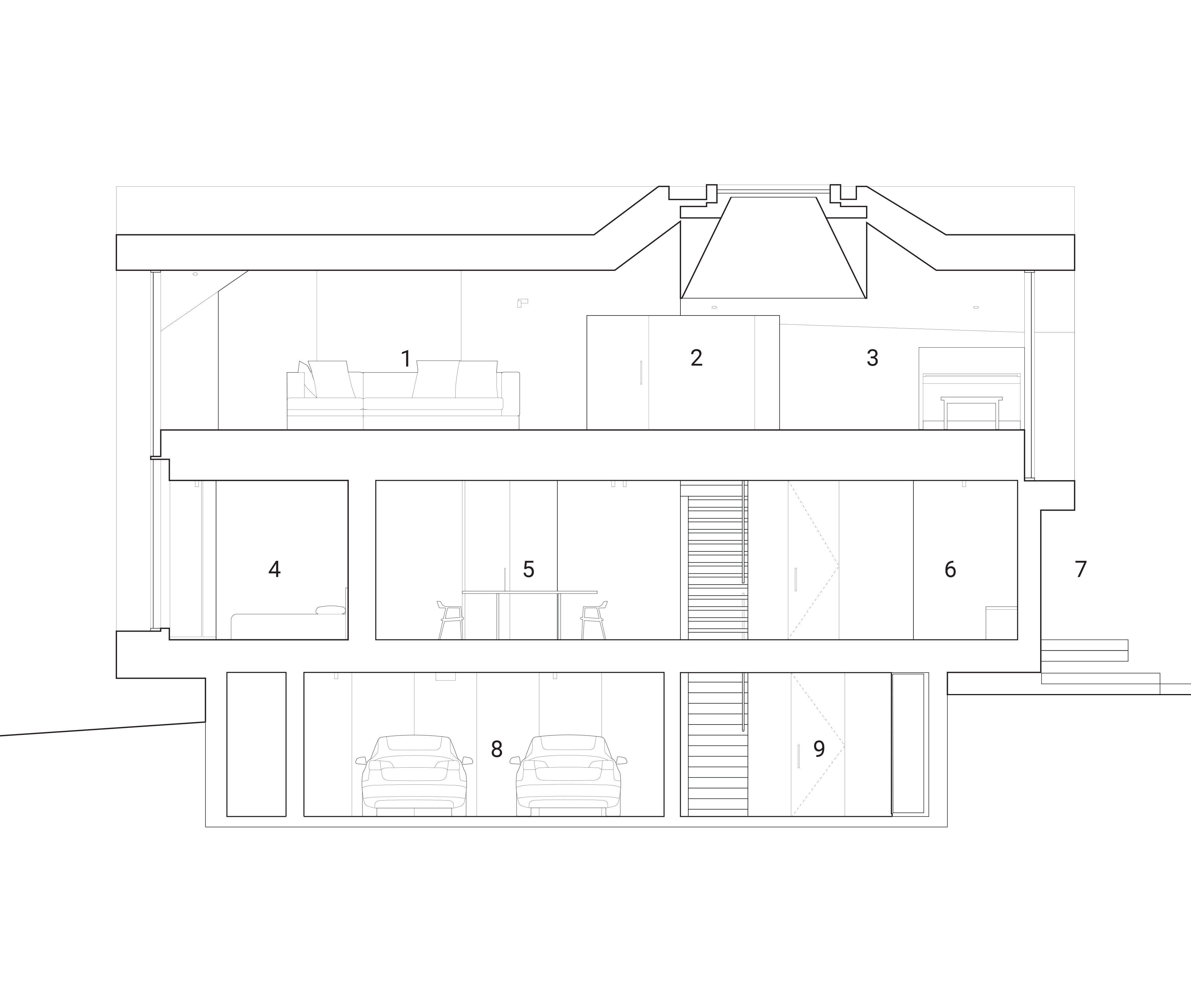
01 — Lounge
02 — Staircase Behind
03 — Studio
04 — Main Floor Suite
05 — Dining Room
06 — Foyer
07 — Entry
08 — Garage
09 — Boot Room
02 — Staircase Behind
03 — Studio
04 — Main Floor Suite
05 — Dining Room
06 — Foyer
07 — Entry
08 — Garage
09 — Boot Room
SECTION 2:
FACING EAST
FACING EAST

01 — Studio
02 — Pod Ensuite
03 — Pod Suite
04 — Lounge Overlook
05 — Foyer
06 — Living Room
07 — Mechanical Room
08 — Boot Room
09 — Garage
02 — Pod Ensuite
03 — Pod Suite
04 — Lounge Overlook
05 — Foyer
06 — Living Room
07 — Mechanical Room
08 — Boot Room
09 — Garage
